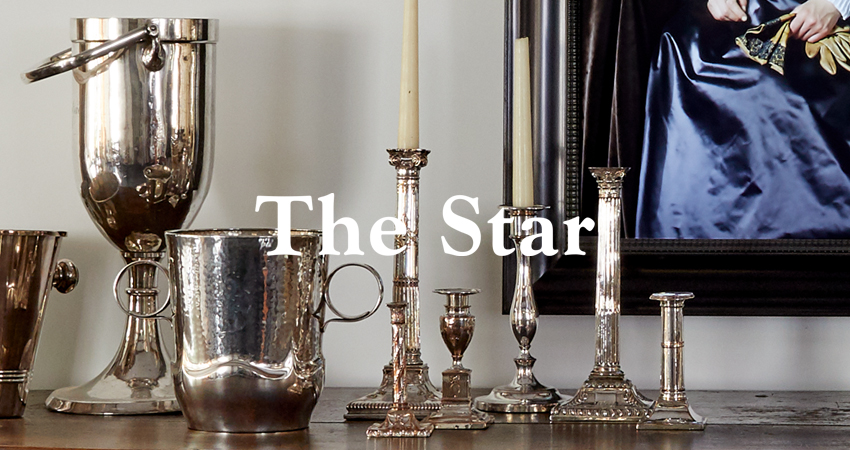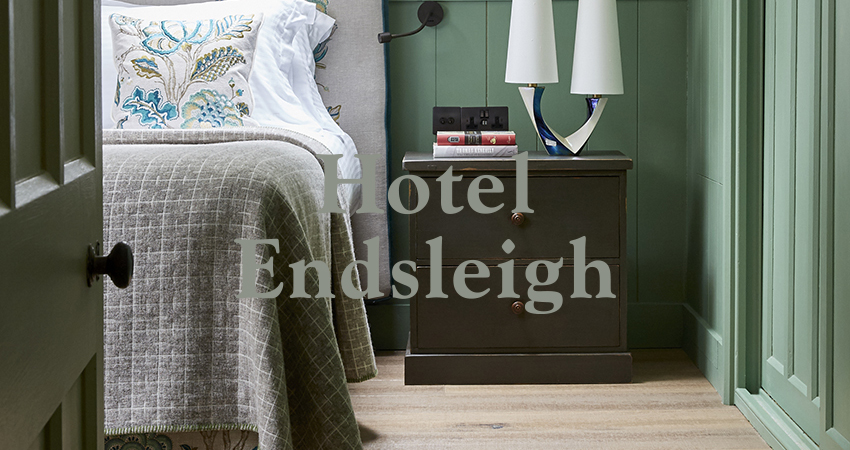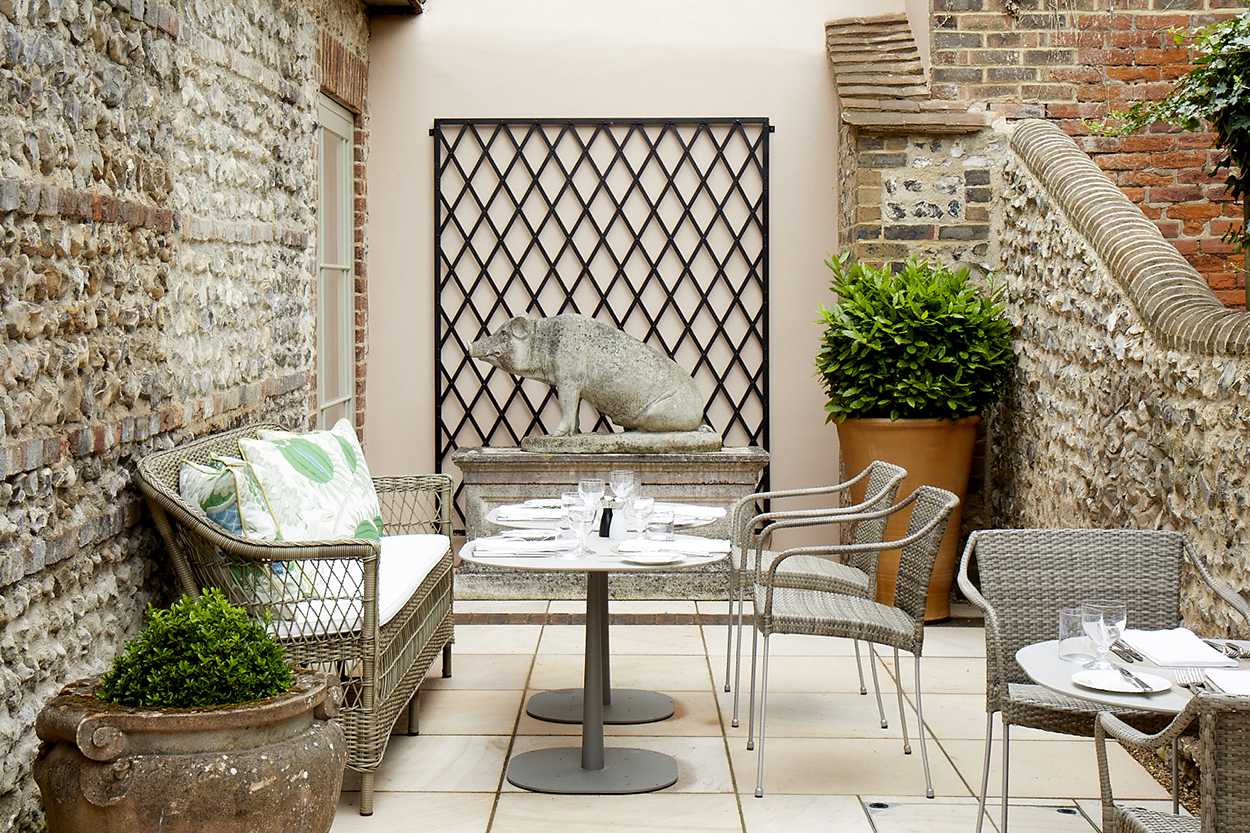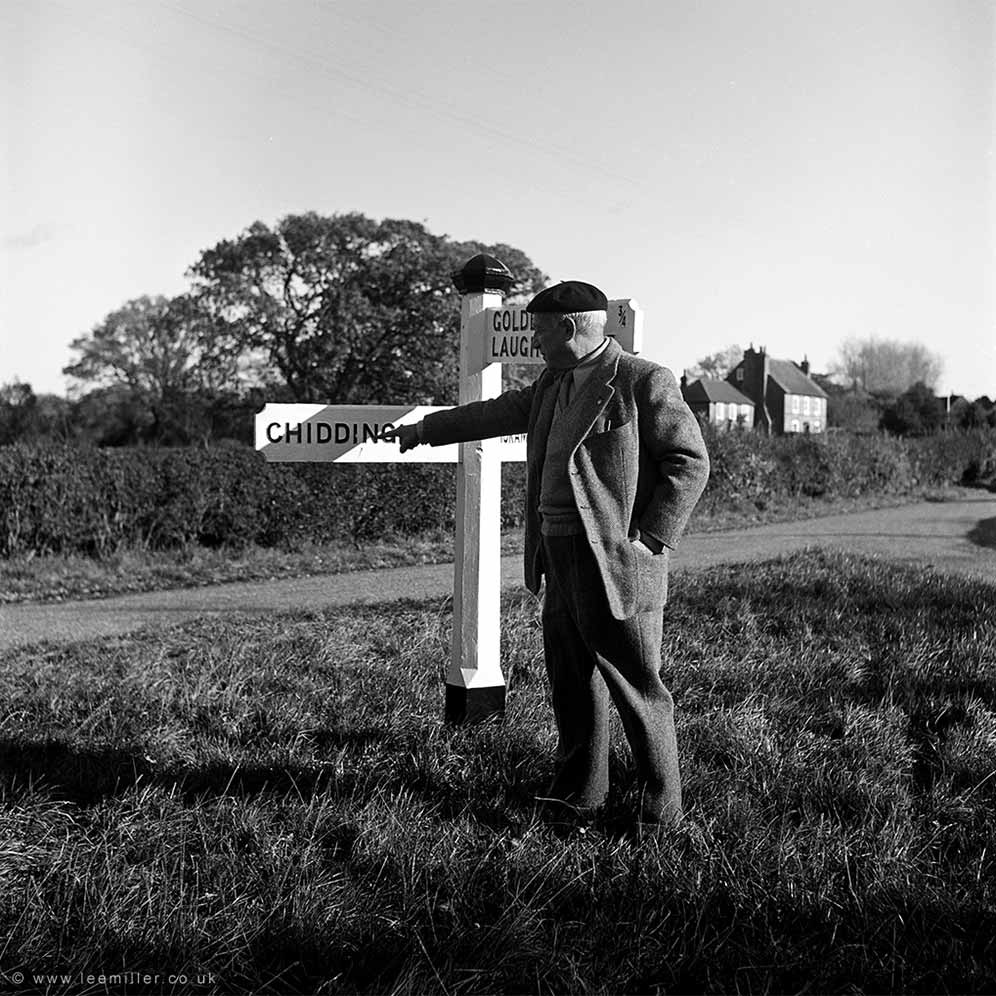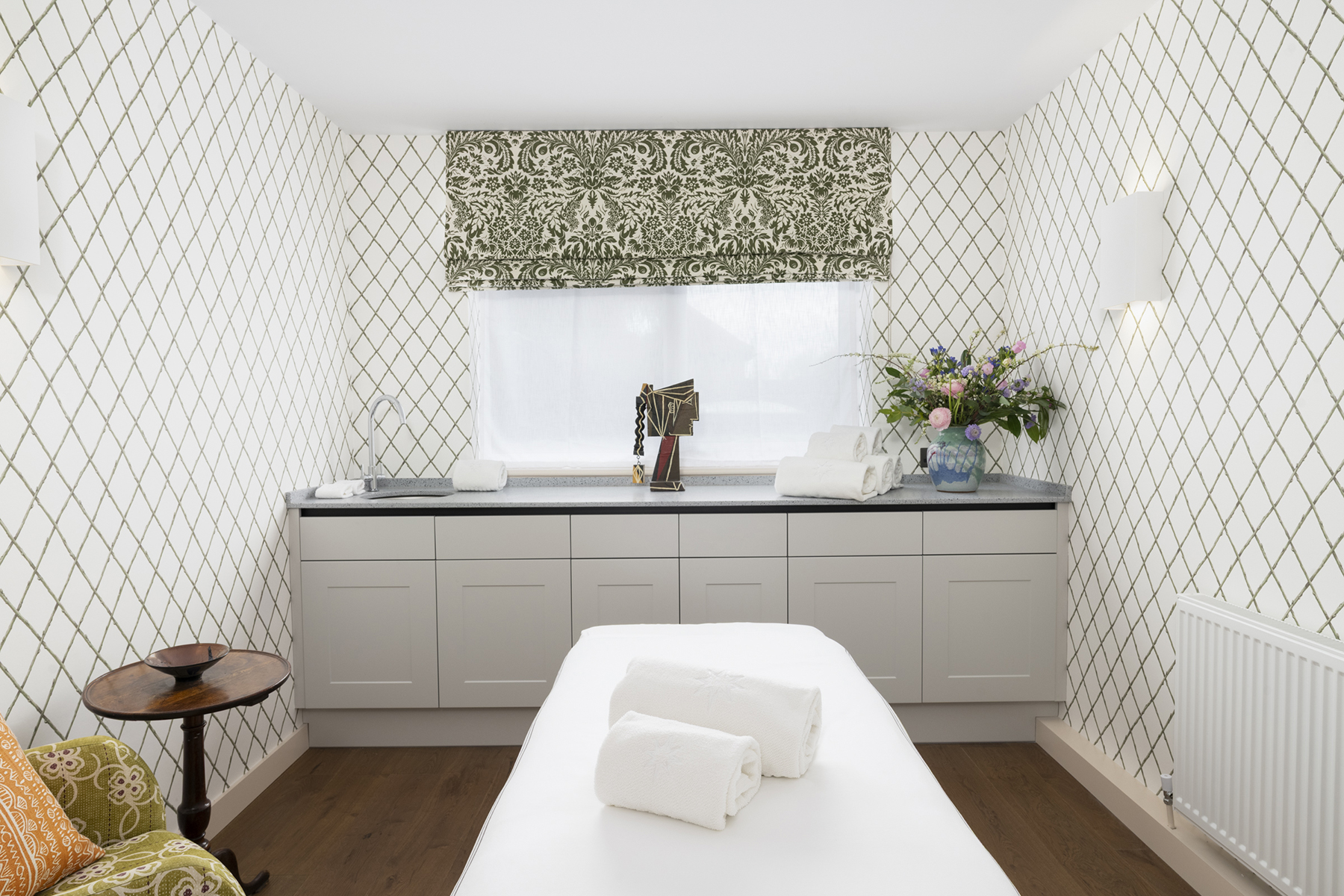Built to defend Italy’s honour, Pinuccia’s notoriety stems from her links with Mussolini and her large German compass
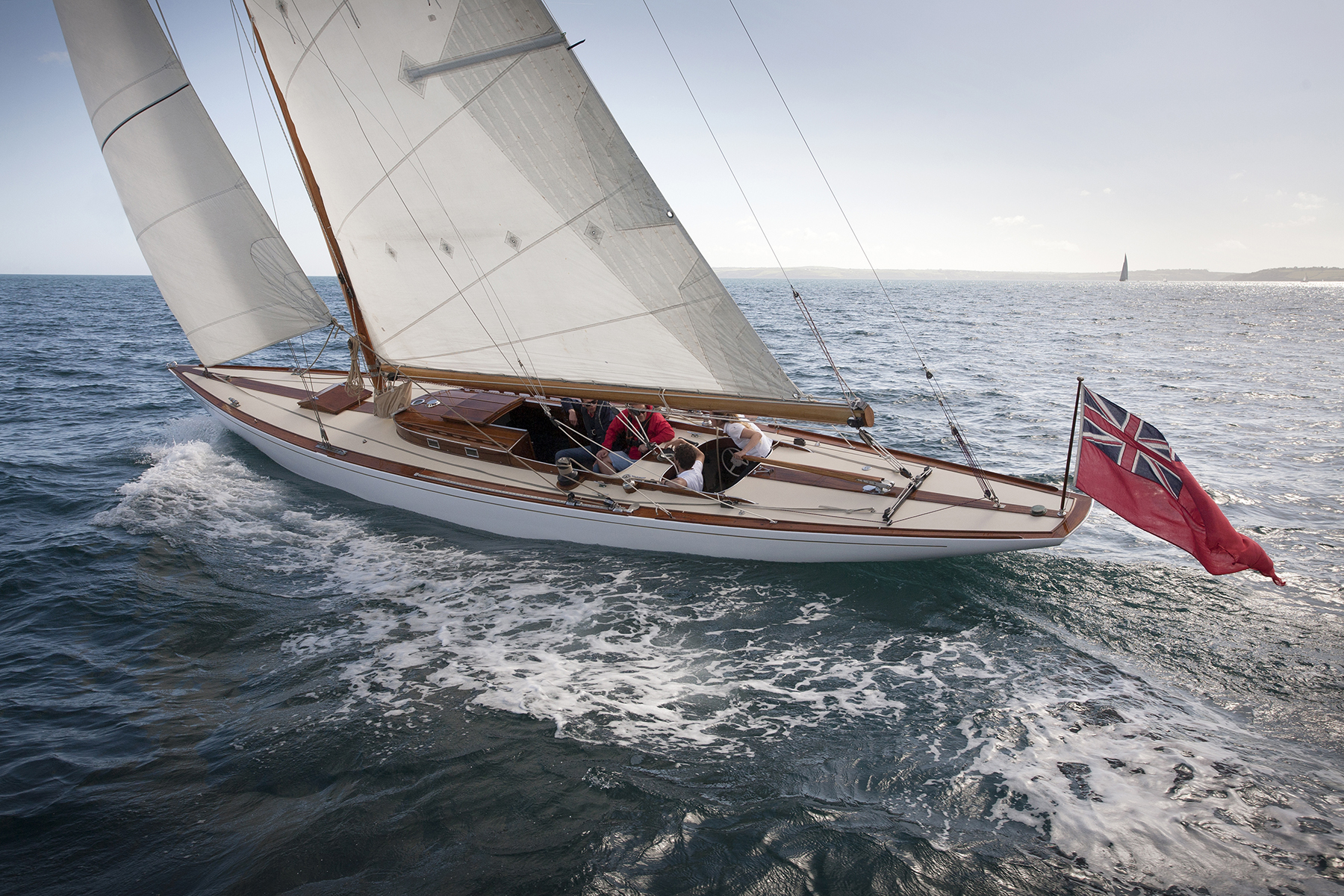
Somehow it seems appropriate that, after this beautiful yacht’s adventurous, once notorious, life, she is now tucked away in a beautiful sailing area, enjoying the occasional race, no longer having to prove something for dictator
Story by Kathy Mansfield Photography by Simon Burt
We need to go back to between the wars, to Genoa in 1937, when Bona, one of Vencenzo Vittorio Baglietto’s most successful 8-Metre design, won the Coppa d’Italia, a prestigious silver cup given in 1898 by King Umberto I and the equivalent of the 8-Metre European Cup in later years. Bona lost the cup the next year to Ilderium, designed by Tore Holm and owned by the Swedish industrialist Marcus Wallenberg; it was then that Pinuccia was designed and built by Baglietto in his Varezze yard to win the cup back for Italy in 1939. Marcus Wallenberg, totally determined to keep the cup in Sweden, bought the boatyard of Tore Holm and several 8-Metre designed and built there. The best of these, again named Ilderium, was chosen for the contest, now based in his home waters at the Royal Swedish Yacht Club at Sandhamn, near Stockholm.
By then the great metre boat competitions – racing also in the Olympics in those days – were not just important regattas, but matters of personal, national and political position and pride at time when Europe was about to ignite. Ilderium won, with Pinuccia coming second, ahead of the new Sira, built by Johan Anker for Crown Prince Olav V of Norway; Germania IV, design by Henry Rasmussen for Baron Krupp von Bohlen, and le Ganlois, designed by François Camatte for Yvonne Léon Cotnareanu. As Europe Disintegrated into war, Pinuccia was left in Sweden.

The 8mR boats Wanda, Katrina and Pinuccia compete in Sandhamn in 1947
Pinuccia’s notoriety steams from her supposed link with Mussolini – was it Mussolini himself who commissioned her? When Pinuccia remained in Sweden with her brass Baglietto builder’s plate and her large German compass, and time went on and nerves became frayed, she may well have been called the Italian boat. By 1994, when she was bought by a Dutch syndicate, the story had been elaborated: Mussolini himself had ordered the yacht to represent Italy, and when he was told by telegram that she had only second and had lost her mast, he ordered the entire crew to come back to Italy and join the army. They had no option but to sell the boat locally. Some never returned to Italy; others travelled back and were killed in the war.
Joost var der Post of the Dutch syndicate was interviewed on Dutch TV on this subject, and the story was pervasive. The big German compass, so it went, was a present from Mussolini’s friend Hitler.

The start of the first Coppa d´Italia race in Sandhamn (Sweden) on August 3, 1947. The 8-I22 is the Italian yachtsman Angelo Rizzoli´s Pinuccia, designed by Vincenzo V. Baglietto and built in 1938 by Cantiero Baglietto in Varazze. Original photo by Oscar Norberg, which is in the Maritime Museum archive in Stockholm
Fortunately, a few people were not convinced, including John Lammerts van Bueren, author of the book The Great Eights. Lloyd’s Register shows that the owner of the boat in 1939, and indeed still in 1947 when she raced again for the Italian Cup, was Angelo Rizzoli, owner of the prestigious Italian publishing firm, founded 12 years previously. Rizzoli’s daughter’s name was Pinuccia.
The Baglietto boatyard declares that it never built a yacht for Mussolini. And Luigi Lang, until recently Executive Secretary of (the Associazione for Vintage Sailing Yachts) mentions some other points that undermine the theory: “Mussolini’s mistress’s name was Claretta; the period was not the best one for which he had no fondness; and, not least, his total inexperience and hatred of the sea.”
Which would seems to be the end of the mater, with Pinuccia’s reputation restored. However, Luigi Lang continues, “It’s correct to say that Mussolini had great influence in the building of Pinuccia. The Coppa d’Italia was the leading trophy for the Eights and it is understandable that it was a must for Italy to win back the Copa. Rizzoli was very close to Mussolini and he was asked to build a competitive yacht to be sent to Sweden to race for the Cup. Vincenzo Vittoria Baglietto was chosen as designer and his yard, builder of Bona and one of the European leaders in the building of Metre boats, was commissioned for the constructions of Pinuccia.
Pinuccia was considered faster than Bona did well in the Italian races prior to Sandhamn, winning two cups in her home port of Genoa and four out of five races in Livorno.
After the war Pinuccia raced again in Sandhamn in 1947, losing to the Swedish boat Wanda, designed by Tore Holm in 1937 for Herman Nachmanson, and in 1950 she was sold by Angelo Rizzoli to Arthur Ericson in Gothenburg, now with sail number S-22.
The trail goes a bit hazy after about 1960: Piniccia was owned by Mr Schalnder or Sjolander, she went to Norway, then in 1986 to Finland, and then the Dutch syndicate bought her in 1994 to race her in the 8-Metre World Cup in Cannes that summer. With few resources and little preparation time, they did not get the result they hoped for and later sold her.
Happily Pinuccia has now reverted to Italian hands; she is owned by hotel designer Olga Polizzi and based in Cornwall where Olga owns the Hotel Tresanton in St Mawes. Once a yacht club, the Tresanton is a picturesque cluster of old houses overlooking St Mawes harbour with St Anthony’s Head opposite, Falmouth Bay beyond – and Pinuccia moored just below.
Olga’s husband, William Shawcross, spent his childhood summers on that bay. His father, Lord Shawcross, British prosecutor at the Nuremburg Trials, loved Fife’s yachts and owned the 6-Metre Finvola, the 8-Metre Caryl, the 12-Metre Vanity V, and later Eilean and Mery Dancer
William recalls that he was brought up to believe that Fifes were the best yachts in the world. In the 1950s the family would spend their holidays living aboard Vanity, sailing her to France (without an engine) when that country was still recuperating from war and marinas were a thing of the future. He remembers that his father had a marvellous skipper from Falmouth – Walter Paull, who was with him for 40 years from the 1930s. “I never met anyone who knew more about the sea.”
After years of writing, travelling and living in London, with books on Czechoslovakia, Cambodia, Rupert Murdoch, the Shah of Iran and others to his credit William met Olga, his future wife, in the late 1980s. He introduced her to Cornwall and St Mawes. Olga – sister of Rocco Forte of the Forte hotel family – decided to buy and restore the Tresanton in 1997. She completely redesigned it over two years, and looked for boat to go with it. William hoped to find a Fife, but was told of Pinuccia lying in a shed in Holland. He and Olga asked their friend Peter Gregson, owner of the brokerage Wooden Ships in Dartmouth, if he would go and look at her with them. When Peter saw her he whistled in wonder. She was in remarkably good shape. They realised she was ideal and had her brought by road to Traditional Sail in Salcombe to be made seaworthy for that summer, before having a more substantial refit in the winter. She has graced St Mawes and the Carrick Roads ever since. “Olga has given me back my childhood,” Shawcross admitted with smile.

Skipper Paull and Walter Paull
Part of that childhood was in the company of family friend Uffa Fox, with whom William used to attend the London Boat Show each year. Uffa described the joys of owning an 8-Metre better than anyone else: “The owner can sail his 8-Metre round the coast from regatta to regatta… for in the cabin an owner can live, or simply change his wet clothes after hard race and eat his lunch in comfort according to his ideas of pleasure. Added to this there is the protection a cabin gives in bad weather, for then it seems to make what would otherwise be a boat, a ship.”
Pinuccia is built to the Third Rule of 1933, which was based primarily on length and sail area and removed a restriction on midship draught, allowing better stability. As John Lammerts van Bueren explains, compared to First Rule boats before 1919, “She would have a hollower section amidships, about a foot more draught and less displacement. She would be more weatherly and better to windward in strong breezes, and need less sail area.”
She is built of mahogany on oak and elm frames, 48ft 2in (14.7m) overall. Ed Burnett inspected Pinuccia, pronouncing her an exceptionally fine yacht, and no doubt a very rewarding boat to sail. He found that she has lost about 0.1in (0.25mm) of her plank thickness, probably down from 0.8in (20mm); had the generous scantlings which have kept so many Eights in good sailing condition, and showed nothing to worry about the high quality of timber used in her building. He suggested leaving the interior layout, with it’s two – berth saloon, quite simple, keeping the forepeak free for sails with perhaps the addition of a WC, retaining the small amidships galley to starboard with hanging locker to port. At the time of Pinuccia’s building there were merely bunks and bulkhead in the racing Eights.
The interior has now been restored; there are slatted seats in the cockpits and the helmsman’s position, and new wood boom has been made by Nick Leech of Freshwater Boatyard in St Mawes to replace the aluminium one she had when she came to Cornwall. The planking is original and in good condition, thought the hull’s varnish was beginning to show up black marks so the decision was made to paint it. The cabin and cockpit side were replaced by Mylor Yacht Harbour in 2003-4 but her cabin top is original. A new Yanmar 15hp diesel was installed in 2007.
All the young skippers whom Olga has found – James Prince, Richie Williams, Brian Steptoe and Jan Vroon, working though Mylor Yacht Harbour where Pinuccia spends the winters – have fallen in love with her and lavished care on her paint and brightwork. She’s still very much a racing 8-Metre of between the wars, offering a chance to step back to the era of sleek, beautiful boats.
I drove down to St Mawes to see Pinuccia at Easter, reminding myself that if it wasn’t such a long way down Roseland Peninsula in south – west Cornwall, tourists would have overrun this little jewel by now. Instead, it still has that Cornish combination of sea, salt, headland and hills, whitewashed cottages, semi-tropical plants, and sense of robust good health and good cheer.
What I didn’t expect was to find a touch of Mediterranean Italy. To walk into the Tresanton, past the Uffa Fox bar, is to enter different world: sculptures, the glow of candles around the restaurant and patio, a sense of peace, discretion and welcome. You’re so close to the sea it’s like being on a ship. After a superb meal of local shellfish or sirloin, finished with homemade ice creams, and a night in a chic, understatedly elegant room with the sound of the waves below, you are revived.
Next day was azure blue, perfect for a summer’s sail while the rest of Britain shivered. Pinuccia was launched the day before and her woodwork, paintwork and polished fittings glowed, her lines the essence of that era when great designers built yachts of style and grace. Climbing aboard, the impression is so different from the plastic racers or cruises today – a lean racing machine but also a work of art, a piece of history. There is no ostentation – excepting her heavy German compass – rather it is in the quality of the mahogany, the simplicity of her lines. She has wooden tiller, not wheel, two primary winches for the genoa, secondaries for the spinnaker, but simple tackle and cleat for the main.
Everything can be reached from the aft cockpit, the ‘God pod’ as skipper Brian Steptoe termed it, and two people can sail her easily. The main cockpit is free for owner or guests – the world had not totally changed when she was built.
We raised the sail and set off in a light wind. She was beautifully balanced: she can drive herself, the tiller moving slightly to compensate for guests. Later on the wind got up outside the harbour in Carrick Roads and she carried full sail quite happily, her displacement heavy by today’s standards. The hotel pack a superb picnic for day’s sail, which often takes guests across the bay to the Helford River. Or it’s possible to book a half-day – of how many 8-Metres can that be said.
Special thanks Kalina Ivanova
